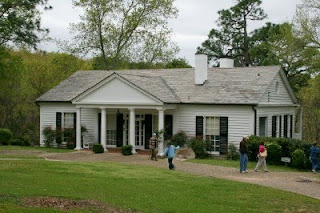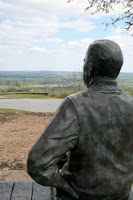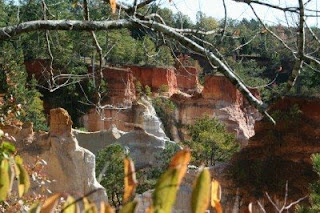
Often overlooked by visitors to the nearby Andersonville National Historic Site and its National Prisoner of War Museum, one of the South's most interesting monuments stands on Church Street in the small South Georgia town of Andersonville.
Erected in 1908 by the United Daughters of the Confederacy, the stone shaft honors Captain Henry Wirz, the only person tried, convicted and executed for war crimes following the close of the Civil War.
The commandant of the Confederate prison stockade at Camp Sumter (better known as Andersonville), Wirz faced the overwhelming task of trying to care for more than 30,000 Union prisoners of war in a prison originally designed for just one-third that number. Unable to provide proper nutrition or medical assistance for the prisoners in a South being strangled by the Union blockade and cut to pieces by Northern armies, Wirz oversaw a system that resulted in the deaths of more than 13,000 men.
Much of the misery at Andersonville resulted from a decision by Union commanders, including General Ulysses S. Grant, to end the practice of exchanging Confederate prisoners of war for Union soldiers held by the South. Grant believed that the only way to end the war was by ending the South's ability to put armies in the field. By stopping exchanges, he prevented the South from retrieving p.o.w's and returning them to the front lines.
When the war ended, the population of the North was anxious for vengeance - particularly following the assassination of President Abraham Lincoln. Captain Wirz was arrested and tried before a military tribunal in Washington, D.C. Despite evidence that he had pleaded for food and medicines to save the lives of the Andersonville prisoners, he was convicted and executed.
Passions soon cooled and Wirz was the only former Confederate executed by the Union following the war. By strange coincidence, the gallows where he met his fate stood on the site of today's U.S. Supreme Court building.
To learn more about the Wirz Monument in Andersonville, Georgia, please visit www.exploresouthernhistory.com/andersonville.










